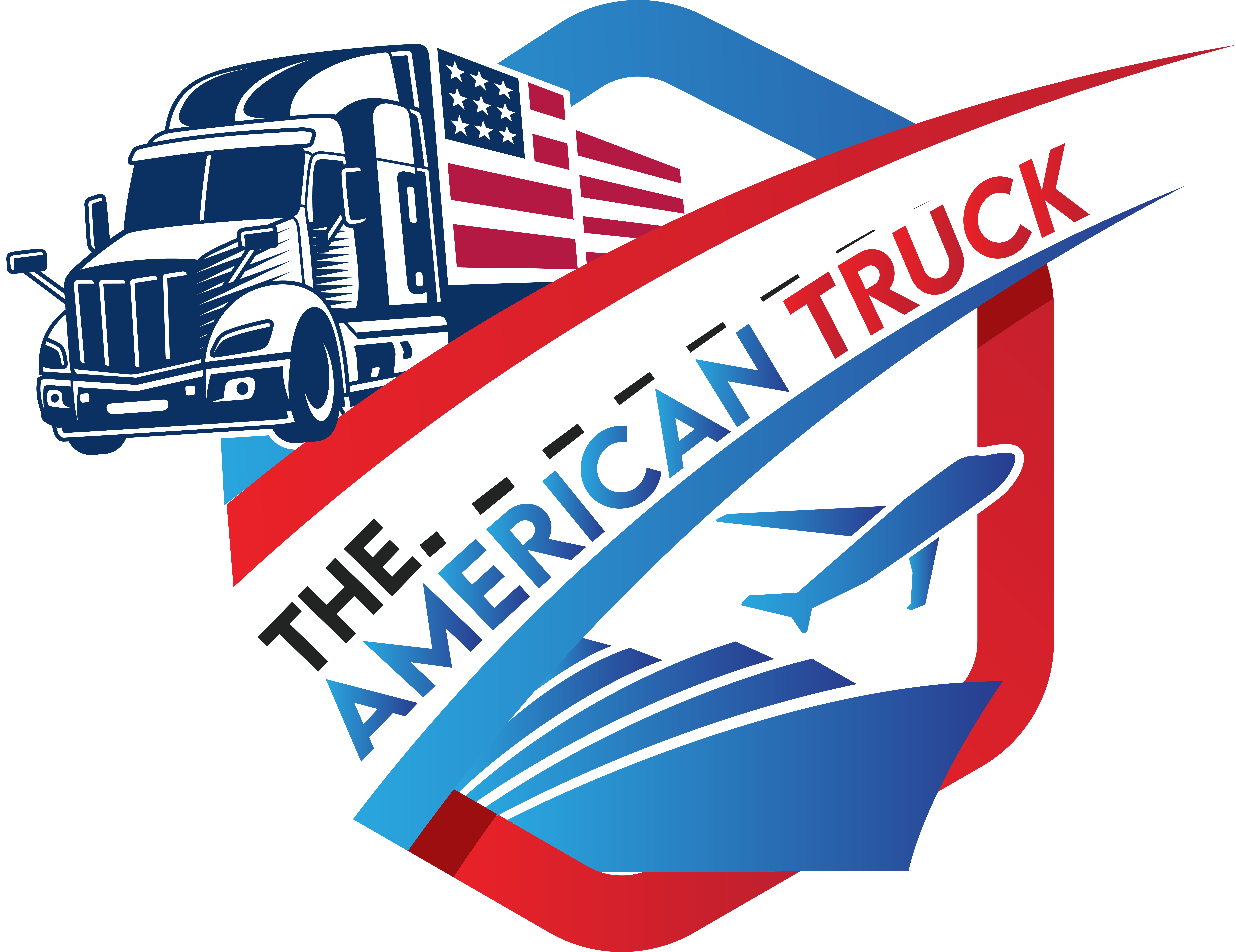There’s Gold in the Backhaul
Ever poached dinner scraps as a kid? Same thrill. Freight brokers can dine on backhauls and pad the profits. What if you could book a load on the return trip? No deadheads. Less expense. Pure profit. Intrigued yet?
Let’s get real. Backhaul planning is the ticket. This piece dives into backhaul trucking, freight broker tips, and how smart planning turns empty runs into revenue wins. We’ll sprinkle in stories, stats, and solid steps. Ready to boost your bottom line?
We’ll start with what backhaul means for you. Then I’ll share broker tips and a case study that’ll make you grin. We’ll link to your own resources early on—and a solid outside source. No fluff. Every sentence lifts your game.
What Is Backhaul—And Why It Matters in Backhaul Trucking?
Backhaul means hauling freight on the way home. Sounds simple, right? But many brokers let this slip. You may find a full run to Chicago—but return? Empty trailer = lost money.
Ask yourself: why leave slots empty? Return legs are profit zones. You’re covering costs anyway. So grab loads on both legs. That’s backhaul trucking in action.
How Freight Broker Tips Can Flip the Script
Let’s get tactical.
Use load boards smartly. Filter return lanes.
Tap local carriers’ deadhead alerts. They’ll want backhauls.
Set pricing tiers. Offer a slight break—then take both legs.
Build trusted carrier relationships. They’ll share intel on return lanes.
Ever jokingly told a driver: “You pick my carrier, I’ll save your empty miles?” It works. Humor gets you noticed. Also, follow up. A quick text: “Got anything Thursday back to Philly?” That’s conversational. And effective.
Backhaul Planning Basics
Start with a return-leg map. Know frequent front hauls. Geo clusters. Then search load boards by origin + backhaul. Most brokers only search origin. You search origin + destination. You win.
Use tiered pricing. Full-haul gets top dollar. Backhaul gets a small cut—but still profitable. It’s all about margins, baby.
Case Study: Turning Zero into Hero
Let me tell you about “Midwest Moves.” They booked a 1,200‑mile hauler to Denver. Normally they’d chalk up an empty return. Instead, they posted a backhaul from Denver to Omaha. Found a 700‑mile load. Made an extra $1,500.
No extra effort. Just a question: “Anything back from Denver?” Boom. Added margin without lifting a finger.
Digging into the Numbers
Front leg: 1,200 miles @ $2/mile = $2,400
Return: 700 miles @ $1.50/mile = $1,050
Net revenue: $3,450
Cost: roughly $1,800
Profit: ~$1,650 vs $600 on single leg
Difference? $1,050. That’s backhaul trucking in action.
Backhaul Strategies Freight Brokers Swear By
1. Use Regional Focus
Stay in zones. Know the main lanes. It pays to know backhaul corridors. Then set alerts: “Denver → Midwest” or “Houston → South. Use load boards or carriers directly.
2. Incentivize Backhaul Conversations
A friendly line goes far: “Any chance you’ve got a run back?” Humor works. Keep messages short. Drop a meme. Build rapport.
3. Watch Market Prices
Backhaul lanes often lag in rates. Track both directions. Use DAT or Truckstop. Compare. Price competitively: not cheapest, but fair.
4. Package Deals
Bundle front/backhaul as one rate. For example: “Front leg at $2/mile, return at $1.40.” Carrier sees continuity. You lock both legs.
5. Automate Alerts
Use load board tools or scripts to alert you on backhaul opportunities. Don’t wait a day only to find the load is gone.
Backhaul Planning: Stepped Process
Identify lane pairs (Freight out & back)
Track pull rates and return availability
Set pricing spread
Post front haul + backhaul together
Confirm carrier and follow through
Each step saves margin. Each question you ask leads to more profit.
Tools & Tech for Backhaul Brokers
Load board alerts: DAT, Truckstop, 123Loadboard
Carrier CRM: Log deadhead zones and ask drivers directly
Mapping software: Plot clusters and plan lanes
Excel/Sheets: Track front/backhaul rates and costs
Automation tools: Zapier or scripts for new backhaul alerts
Why Backhaul Should Be Part of Every Broker’s Plan
Cuts empty miles
Increases margin per trip
Builds deeper carrier trust
Smooths capacity planning
Leads to fewer headaches, more profit
Ready to Power Up?
Backhaul is simple math… but it pays big over time. Try it next run. Set alerts. Ask carriers. Then ask again. Before you know it, deadhead miles are history.
Want more? Check out our shipper / carrier guides here: visit a relevant page on your site now: https://theamericantruck.com/carriers/. And for a broader industry overview, here’s a solid read on freight efficiency: https://www.transportation.gov (U.S. DOT insights).
Summary and Freight Broker Tips Checklist
Step | Action |
|---|---|
1 | Map front/backhaul lanes |
2 | Set competitive tiered pricing |
3 | Use alerts & CRM |
4 | Bundle legs in one offer |
5 | Automate follow-ups |
Every step boosts backhaul gains. No fluff. Just profit.
Final Thoughts
Backhaul planning isn’t rocket science. It’s asking one question more. Looking for return lanes. It’s using tools to track them And sneaking in humor keeps it light.
Put these freight broker tips to work. Watch those deadhead runs fill up. Your bottom line will thank you.
Need help optimizing your backhaul strategy? Reach out through https://theamericantruck.com/contact-us/.


